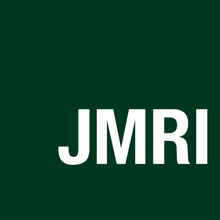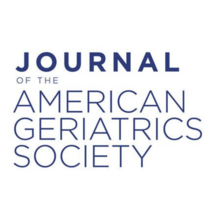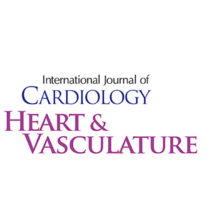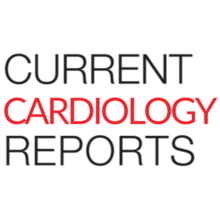BACKGROUND: Multiple studies continue to evaluate the use of intracardiac echocardiography (ICE) and transesophageal echocardiography (TEE) for guiding left atrial appendage occlusion (LAAO).
OBJECTIVE: To conduct an updated meta-analysis comparing the effectiveness and safety outcomes of both imaging modalities.
METHODS: PubMed, Cochrane, and Embase were searched for studies comparing ICE vs TEE to guide LAAO. Odds ratios (OR) with 95% confidence intervals (CI) were pooled using a random-effects model. The primary effectiveness endpoint was procedural success. The primary safety endpoint included the overall complications rate. Additional safety outcomes were assessed as secondary endpoints. Subgroup analysis of primary endpoints was conducted according to device type (Amulet, LAmbre, Watchman, Watchman FLX) and study region (American, Asia, Europe). We used R version 4.3.1 for all statistical analyses.
RESULTS: Our meta-analysis included 19 observational studies encompassing 42,474 patients, of whom 4,415 (10.4%) underwent ICE-guided LAAO. Compared with TEE, ICE was associated with a marginally higher procedural success (OR 1.33; 95% CI: 1.01-1.76; p=0.04; I2=0%). There was no significant difference in the overall complications rate (OR 1.02; 95% CI: 0.77-1.36; p=0.89; I2=5%). However, ICE showed higher rates of pericardial effusion (OR 2.11; 95% CI: 1.47-3.03; p<0.001; I2=0%) and residual iatrogenic atrial septal defect (iASD) (OR 1.52; 95% CI: 1.15-2.03; p<0.004; I2=0%). Subgroup analysis revealed variations in procedural success within the ICE group across study regions (p=0.02).
CONCLUSION: In this updated meta-analysis, the increasing adoption of ICE-guided LAAO demonstrated higher procedural success rates compared to TEE, although with limited statistical significance. Overall complication rates were similar; however, ICE showed higher rates of pericardial effusion and residual iASD.








